
The panel closes their discussion on myelofibrosis treatment updates by sharing clinical pearls for community oncologists.

Your AI-Trained Oncology Knowledge Connection!


The panel closes their discussion on myelofibrosis treatment updates by sharing clinical pearls for community oncologists.

Experts delve into the unmet needs in the myelofibrosis treatment landscape and highlight promising ongoing clinical trials.

A look at sequencing strategies for myelofibrosis treatments.

Dr Srdan Verstovsek shares how he assesses myelofibrosis treatment response in his clinical practice.
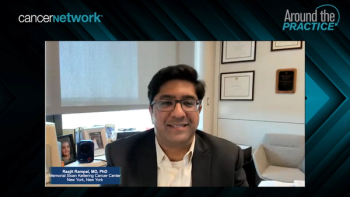
Raajit Rampal, MD, explains how he considers safety profiles when deciding on appropriate treatment for myelofibrosis and how he manages toxicities for patients.
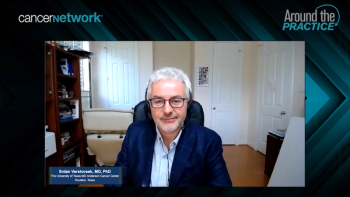
A discussion on when to switch a patient with myelofibrosis to a new JAK inhibitor treatment, and possible strategies for transitioning.

John Mascarenhas, MD, presents a clinical scenario of a 73-year-old man with myelofibrosis and a low platelet count.

A panel of experts considers treatment options for patients with myelofibrosis based on platelet counts, while factoring in health insurance barriers.

Raajit Rampal, MD, PhD, shares the treatment options he would consider for the presented clinical scenario.

A review of the approved treatments for myelofibrosis, including dosing guidelines and supporting clinical trial data.

Dr John Mascarenhas presents a patient case scenario of a 68-year-old woman with a common presentation of primary myelofibrosis.

Raajit Rampal, MD, describes the JAK-STAT pathway and how it’s fundamental to all types of myelofibrosis.

Aaron Gerds, MD, explains the various types of myelofibrosis and the underlying pathophysiologies.

Srdan Verstovsek, MD, PhD, provides an overview of how myelofibrosis is diagnosed and what criteria are used for risk stratification.

Responses to questions by community hematologists/oncologists regarding optimal ways to diagnose and manage patients with myelofibrosis.
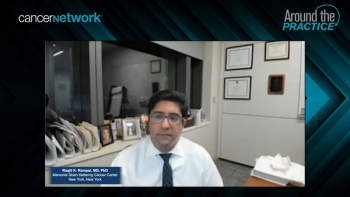
Clinical pearls for planning and sequencing therapy for patients with myelofibrosis.

Second-line treatment considerations for a 75-year-old man with high-risk primary myelofibrosis who was previously treated with ruxolitinib.

Second-line therapies for myelofibrosis that are available or in the pipeline for use.
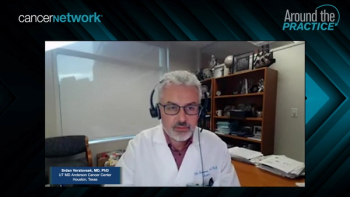
Circumstances for which hydroxyurea, ruxolitinib, or other therapy may be selected to treat newly diagnosed myelofibrosis.

Characteristics that contribute to treatment decisions for patients with newly diagnosed myelofibrosis

The most common symptoms that present in patients with newly diagnosed myelofibrosis and variables that factor into initial treatment decisions.

The role of signaling pathways, mutations, and alterations in the development of myelofibrosis (MF), and characteristics that distinguish primary MF from secondary MF.
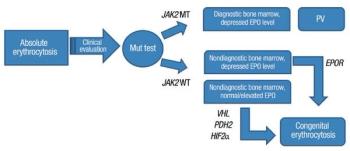
In this second part of our two-part review, we discuss the use of mutation profiling in the diagnosis, prognosis, and treatment of patients with myeloproliferative neoplasms and other myeloid diseases.
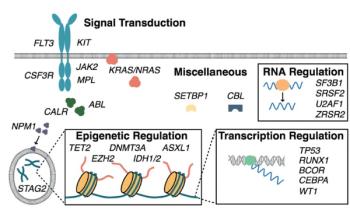
In this first part of our two-part review, we introduce mutation profiling as a relevant clinical tool for hematologists treating patients with myeloid malignancies.

Published: July 15th 2022 | Updated:

Published: July 15th 2022 | Updated:
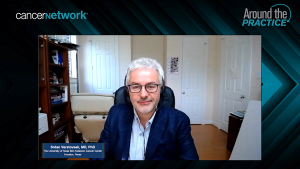
Published: June 27th 2022 | Updated:

Published: July 29th 2022 | Updated:
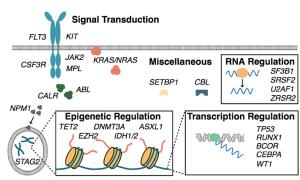
Published: April 15th 2018 | Updated:
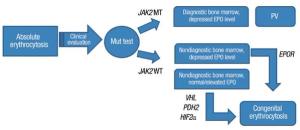
Published: May 15th 2018 | Updated: